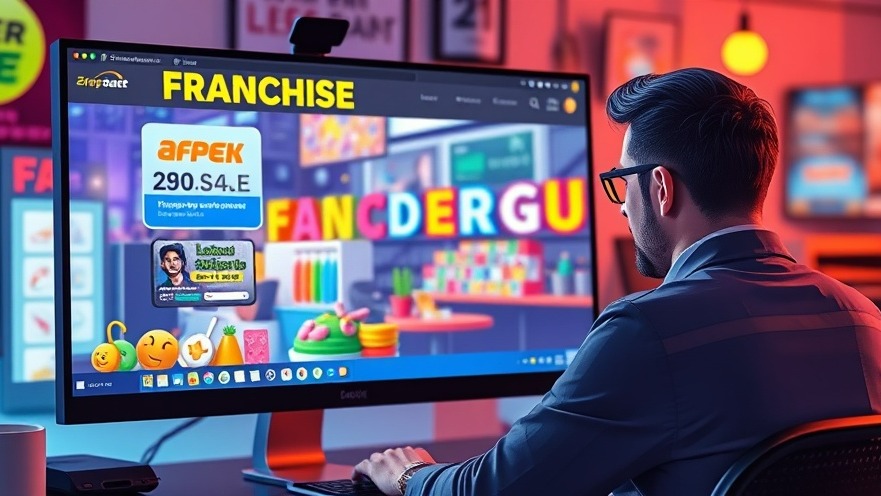
The Illusion of Progress: Are Skeleton Screens Misleading Users?
In the realm of user experience (UX), skeleton screens flitted onto the scene as a breath of fresh air—an innovative solution to the frustration of loading delays. However, as we step further into 2025, it's becoming glaringly evident that these gray placeholders have transformed from a useful tool into a symbol of underlying issues in app performance. Now, users view them less as a sign of engagement and more as a telltale sign of sluggish software that needs a makeover.
When Did Skeletons Become Just Gray Lies?
Initially brilliantly conceived, skeleton screens aimed to eliminate the disorientation caused by blank pages. They were designed to provide a visual “promise” that content was on its way, thus cushioning the blow of waiting. But over time, the execution of skeletons has fallen into the shadows. Users have become desensitized to gray boxes, knowing they serve as mere wallpaper masking the real problem—slow application performance. Instead of enhancing the experience, they're now interpreted as evidence that a brand would rather apply a visually appealing temporary fix than solve the root cause of the lag.
Performance Metrics: The Real Cost of Skeleton Screens
For franchisors prioritizing brand consistency across multiple locations, reliance on skeleton screens may be more damaging than beneficial. Oftentimes, businesses delay implementing proper performance fixes in favor of eye-catching but ineffective visuals. This has crucial implications for franchisee performance, as a smooth loading experience is essential for maximizing user engagement. Brands and developers should reconsider their reliance on performance theater and shift their focus toward enhancing technological efficiency.
Reimagining User Experience: Strategies for Performance Enhancement
The goal for franchisors should inspire a comprehensive reevaluation of their digital architecture. Teams need to prioritize optimizations like efficient data handling, caching, and reducing unnecessary code. These steps can enhance platform speed while improving user experience, ultimately driving user retention and satisfaction across all franchise locations. Eliminating the need for skeleton screens entirely could be the game-changing strategy needed to take brand management to the next level.
What Lies Ahead: The Future of UX Design
As digital landscapes evolve, so too should brands’ approaches to loading experiences. Gone are the days of masking performance issues with superficial solutions. Instead, the future hinges on authentic user engagement through swift, reliable services. By laying the groundwork for robust systems, brands can bypass the need for skeleton screens altogether. This shift promises a more genuine interaction with users, differentiating those willing to invest in real solutions from those relying on visual illusions.
Actionable Insights: Transform Your Brand's Digital Presence
For franchisors seeking to optimize operations and enhance franchisee performance, the strategic refinement of app functionality over visual tricks is crucial. Embrace the belief that efficiency trumps aesthetics in fostering meaningful connections with users. Explore optimizing your tech stack and consider conducting performance audits regularly to stay ahead in delivering a seamless experience. In the world of franchise success, the choice is clear: stop relying on the shiny allure of skeleton screens and invest in your brand’s substance.
By adopting these insights, your franchise could lead the charge toward efficient and profitable customer interactions, paving the way for long-term success.
 Add Row
Add Row  Add
Add 




Write A Comment